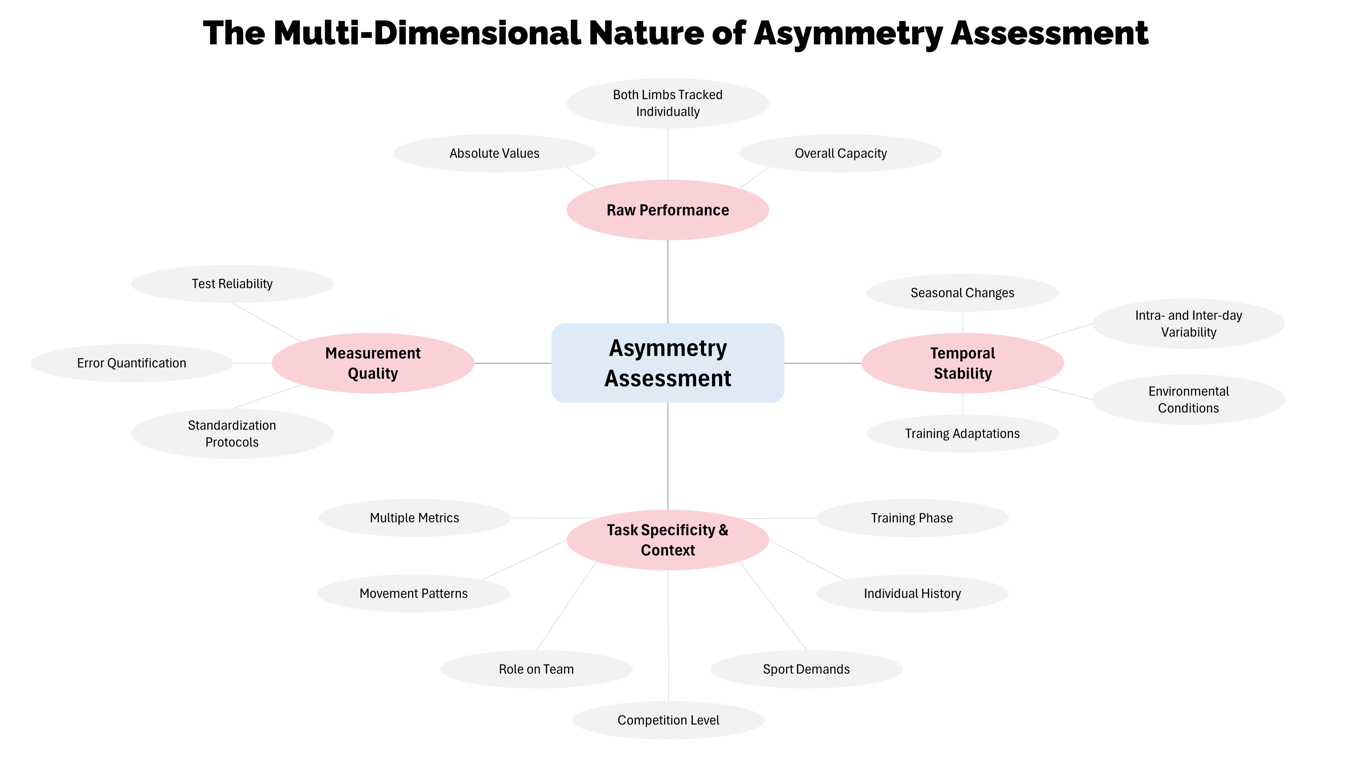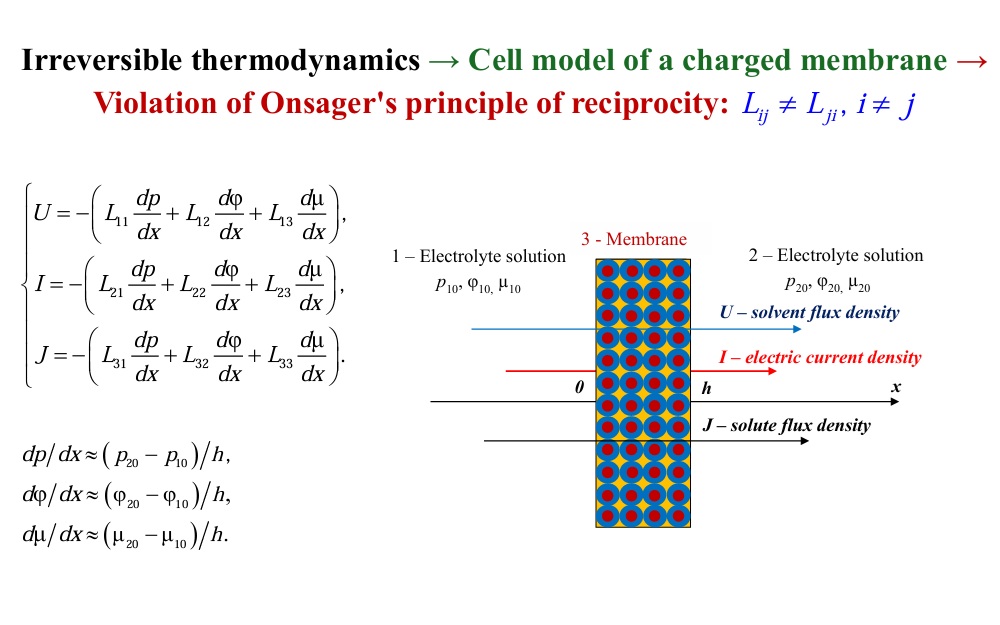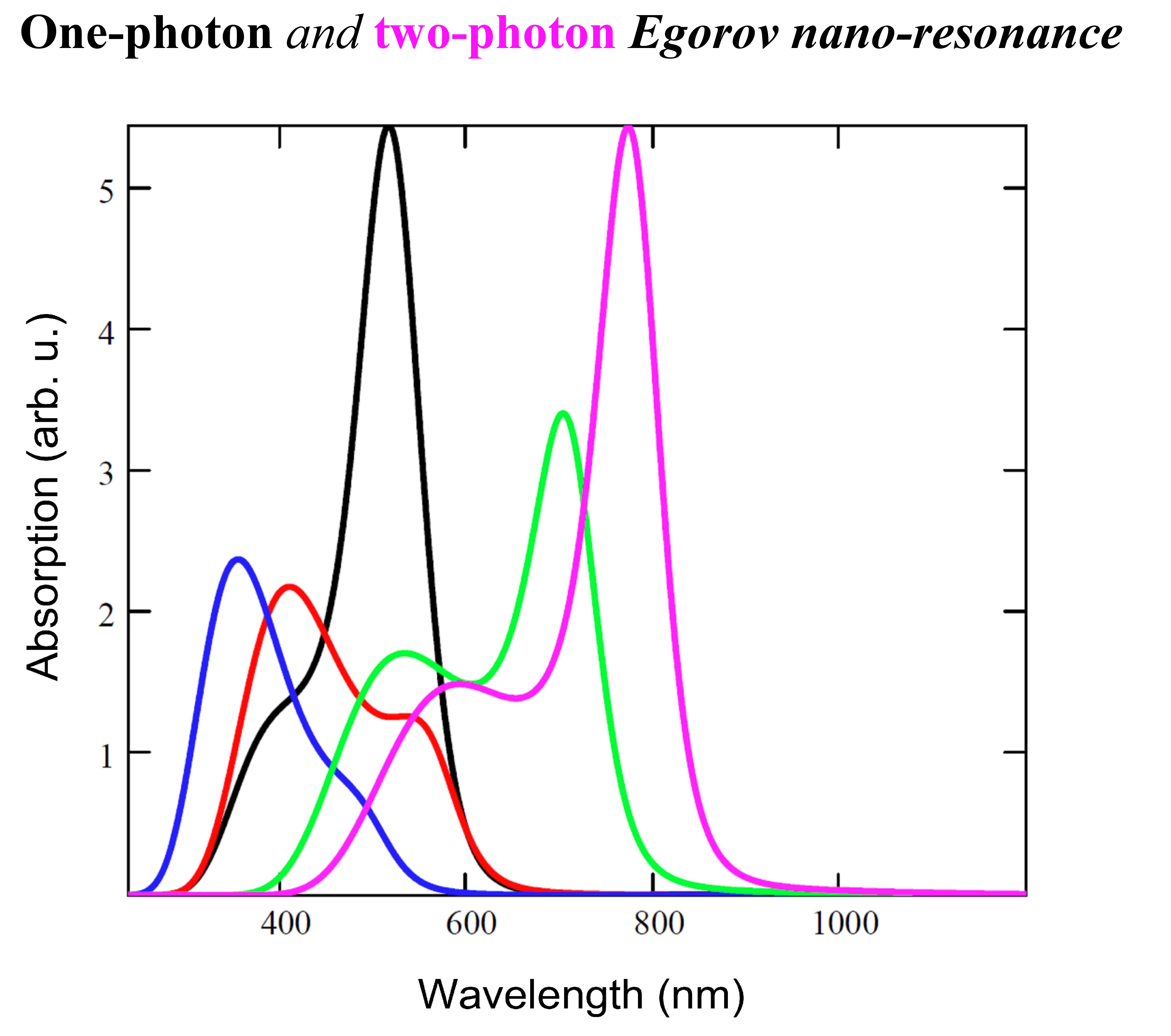Volumes & Issues
Contact
For any inquiries regarding journal development, the peer review process, copyright matters, or other general questions, please contact the editorial office.
Editorial Office
E-Mail: asymmetry@elspub.com
For production or technical issues, please contact the production team.
Production Team
E-Mail: production@elspub.com
No items found.
On uneven ground: embracing the challenges of inter-limb asymmetries and their assessment
Received: 08 Feb, 2025
Accepted: 13 May, 2025
Published: 20 May, 2025
Inter-limb asymmetry is often misunderstood in sports and healthcare, with natural differences seen as problems usually needing correction. Evidence linking inter-limb asymmetries to increased injury risk or reduced performance is weak, and asymmetries of 5–15% (or even higher) typically do not increase the likelihood of injury. Assessing inter-limb asymmetries is a complex matter. Practitioners should select tests aligned with sports demands and track changes over time, rather than relying on single time point data. Ongoing temporal assessments help distinguish meaningful trends from natural fluctuations. Measurement error should also be considered to ensure changes exceed the minimal detectable change and reflect genuine performance or shifts in injury risk. Intra-individual analysis is recommended over averages across groups, as they can obscure meaningful variations. Arbitrary thresholds for what may be considered “normal” asymmetries oversimplify a continuous variable, potentially leading to misleading conclusions. Focusing on ranges (e.g., confidence intervals) instead of point values (e.g., mean) provides a more nuanced view. In addition, interpreting raw limb data alongside asymmetry metrics is crucial, as similar asymmetry percentages may arise from different limb strength profiles. Tracking raw data ensures that interventions improve performance, even if asymmetries persist. We provide a framework to help guide practitioners’ decisions. Task specificity and context, temporal stability, measurement quality, and raw performance data are key pieces of the puzzle. Before implementing “asymmetry-correcting” programs, practitioners should answer key questions, for which we provide a user-friendly decision tree. Not all asymmetries are likely to yield meaningful benefits if corrected, and intervening in asymmetry should result from a carefully reasoned process that requires establishing relevance, ensuring measurement quality, gathering appropriate data, and considering practical implications.
Asymmetry of cross kinetic coefficients in the cell model of a charged membrane
Received: 24 Dec, 2024
Accepted: 03 Mar, 2025
Published: 11 Apr, 2025
Theoretical study was performed earlier for the cell model of a charged porous membrane based on Onsager’s approach and the result was calculation of all electrokinetic coefficients. Experimental dependences of electroosmotic permeability, conductivity, and diffusion permeability of some perfluorinated membranes on electrolyte concentration were simultaneously and quantitatively described using exact analytical formulae based on the same set of physicochemical and geometrical parameters. It is shown here that for the developed cell model of the ion–exchange membrane, the Onsager principle of reciprocity is violated—the coupled cross kinetic coefficients are not equal. The violation is associated with the fact that the reciprocity principle takes place only for systems for which generalized fluxes are zero at thermodynamic forces other than zero within the framework of linear thermodynamics of irreversible processes.
Polymethine dyes and J-aggregates: quantum‒classical theory of the shape of optical bands
Received: 05 Sep, 2024
Accepted: 03 Dec, 2024
Published: 14 Jan, 2025
A new theoretical approach is proposed to explain the nature of the well-known narrow and intense optical J-band of J-aggregates of polymethine dyes. The old approach proposed by Franck and Teller in 1938 and based on the Frenkel exciton theory does not take into account the specific properties of the main optical chromophore of polymethine dye monomers—the polymethine chain. In the new approach proposed by Egorov and based on a new fundamental physical theory—quantum‒classical mechanics, which takes into account the chaotic and regular dynamics of the transient state, the optical properties of the polymethine chain and monomers as a whole are considered as a key factor determining the unique optical properties of J-aggregates. The J-band is explained by the so-called Egorov resonance, the presence of which follows from quantum‒classical mechanics. Many other experimental facts have also been explained on the basis of quantum‒classical mechanics. These include: asymmetry of the shape of the luminescence bands of J-aggregates relative to their optical absorption, an anomalously small Stokes shift of the J-band; the shape of the optical bands of dimers, H- and H*-aggregates; strong detuning of the Egorov resonance during the transition from one-photon to two-photon absorption. The conditions for the restoration of the Egorov resonance during two-photon absorption are predicted.
No items found.
No items found.
No items found.




